Non-premixed Microjet Flame CFD, A Fluent Simulation with a CHEMKIN Mechanism
Non-premixed Microjet Flame CFD, A Fluent Simulation with a CHEMKIN Mechanism
- Upon ordering this product, you will be provided with a geometry file, a mesh file, and an in-depth Training Video that offers a step-by-step training on the simulation process.
- For any more inquiries regarding the product, please do not hesitate to reach out to us at info@CFDLAND.com or through our online support assistant.
€180 Original price was: €180.€115Current price is: €115.
Microjet Flame Combustion is a specialized area of study focused on flames produced from very small nozzles, often with diameters of less than a millimeter. These tiny flames are critical for applications like micro-thrusters, portable power generation, and advanced sensors. In a Non-premixed Microjet Flame Combustion system, the fuel (like methane) and the oxidizer (air) are introduced separately and only begin to mix at the point of ignition. The stability and structure of these flames are incredibly sensitive to the complex chemical reactions occurring at the micro-scale.
To accurately predict the behavior of such flames, simple combustion models are not enough. A high-fidelity Flame Combustion CFD analysis requires the use of Detailed Chemical Kinetics. This is why this project utilizes a CHEMKIN mechanism, a comprehensive library of elementary chemical reactions that governs the entire combustion process. This project details a simulation of a methane microjet flame using ANSYS Fluent. The primary goal is to perform a detailed simulation and validate the results against the experimental data found in the reference paper, “Combustion characteristics of non-premixed methane micro-jet flame in coflow air…” by Li, et al. [1].
- Reference [1]: Li, Xing, et al. “Combustion characteristics of non-premixed methane micro-jet flame in coflow air and thermal interaction between flame and micro tube.” Applied thermal engineering112 (2017): 296-303.
- Reference [2]: Colson, Sophie, et al. “Stabilization mechanisms of an ammonia/methane non-premixed jet flame up to liftoff.” Combustion and Flame234 (2021): 111657.
![Experimental images of microjet flames from the reference paper [1], showing changes in flame shape with fuel velocity.](https://cfdland.com/wp-content/uploads/2024/04/Picture1-2.png)
Figure 1: Experimental images of microjet flames from the reference paper [1], showing changes in flame shape with fuel velocity.
Simulation Process: CFD Modeling of a Microjet Flame with Chemkin in Fluent
The simulation process began with the precise creation of a 2D axisymmetric geometry in ANSYS Design Modeler. This approach models a slice of the cylindrical domain, significantly reducing computational time while maintaining accuracy. A high-quality, structured mesh was then generated, with very fine elements concentrated around the jet exit and the flame region to accurately capture the steep gradients in temperature and species concentration.
The core of this advanced simulation was configured within ANSYS Fluent. To model the complex chemistry, the Species Transport model was enabled. This model solves a transport equation for every single chemical species involved in the reaction. The most critical step was integrating the detailed chemical kinetics. Using Fluent’s built-in tool, the CHEMKIN mechanism file for methane-air combustion was imported directly into the solver. This Chemkin Fluent integration is what elevates the simulation, ensuring that the flame’s behavior is governed by realistic, multi-step reaction chemistry rather than a simplified approximation. The Eddy Dissipation sub-model was used to account for the interaction between turbulence and the chemical reaction rates.

Post-Processing: CFD Analysis of Flame Structure and Methane Consumption
The simulation results provide a clear, multi-faceted view of the combustion process. The velocity magnitude contour shows a distinct high-speed jet of gas issuing from the central nozzle, with a maximum velocity of 2.80 m/s at the core. This jet is the driving force of the system, responsible for transporting the fuel into the reaction zone. The contour of the ammonia (NH3) mass fraction perfectly aligns with this, showing the fuel is highly concentrated at the jet’s center, reaching a peak mass fraction of 0.535 (53.5%). As this fuel jet travels downstream, it entrains the surrounding air, and the NH3 concentration begins to decrease radially outwards due to mixing. This mixing process is the critical precursor to combustion in any Microjet Flame CFD simulation.
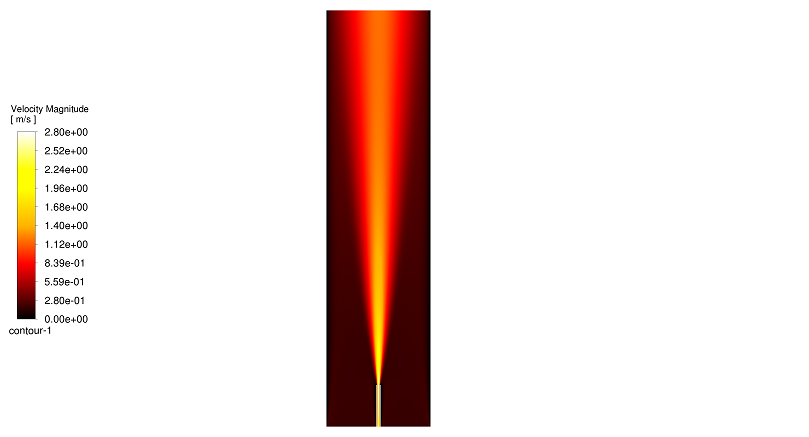
Figure 2: Velocity magnitude contour from the Microjet Flame CFD simulation, showing the high-speed central fuel jet.
The static temperature contour reveals the direct consequence of this mixing and reaction, illustrating a distinct V-shaped flame structure. This is the hallmark of a stable non-premixed flame. The most crucial insight is that the peak temperature, which reaches approximately 1960 K, is not located in the fuel-rich core of the jet. Instead, the highest temperatures are found on the flanks of the jet, precisely where the mixing has created a ratio of fuel and air that is close to stoichiometric (the ideal ratio for combustion). The central core remains relatively cooler because it lacks sufficient oxygen to burn completely. This detailed analysis, directly linking the fluid dynamics of the jet to the thermochemical structure of the flame, is the primary achievement of this Flame Combustion CFD analysis.
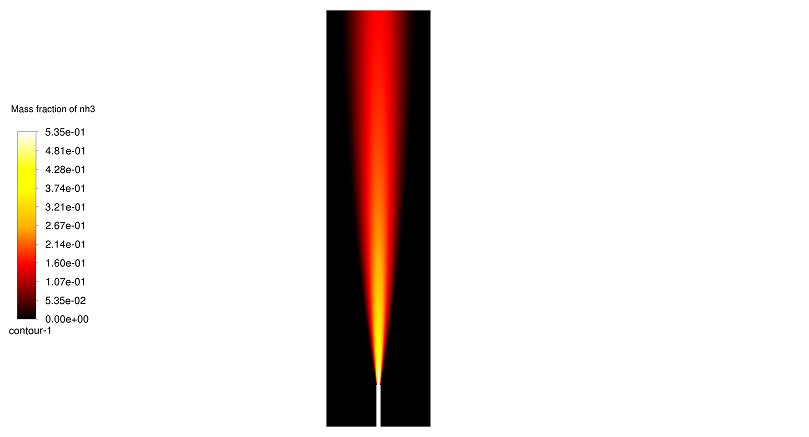
Figure 2: Mass fraction of NH3 fuel, illustrating its high concentration in the jet core before it mixes with the surrounding air. 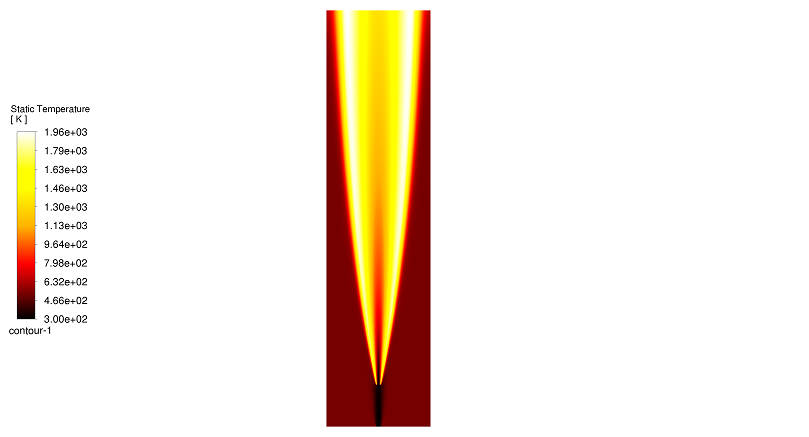
Figure 3: Static temperature from the Chemkin Fluent analysis, highlighting the V-shaped flame front and peak temperatures in the stoichiometric mixing region.
We pride ourselves on presenting unique products at CFDLAND. We stand out for our scientific rigor and validity. Our products are not based on guesswork or theoretical assumptions like many others. Instead, most of our products are validated using experimental or numerical data from valued scientific journals. Even if direct validation isn’t possible, we build our models and assumptions on the latest research, typically using reference articles to approximate reality.
Yes, we’ll be here . If you have trouble loading files, having technical problems, or have any questions about how to use our products, our technical support team is here to help.
You can load geometry and mesh files, as well as case and data files, using any version of ANSYS Fluent.
€150 Original price was: €150.€125Current price is: €125.

€140 Original price was: €140.€125Current price is: €125.

€280 Original price was: €280.€145Current price is: €145.

€240 Original price was: €240.€135Current price is: €135.

€245 Original price was: €245.€185Current price is: €185.

€185 Original price was: €185.€135Current price is: €135.


















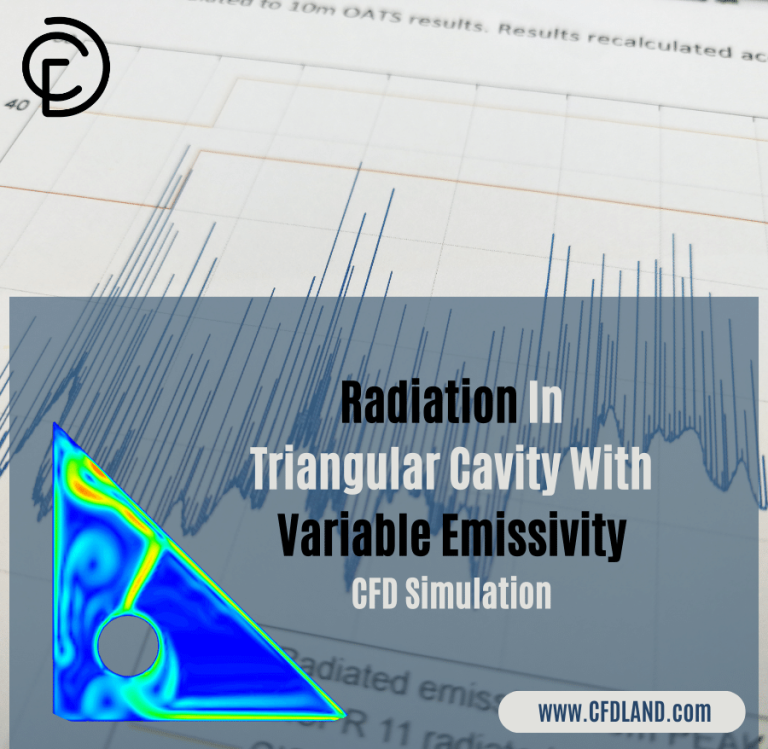

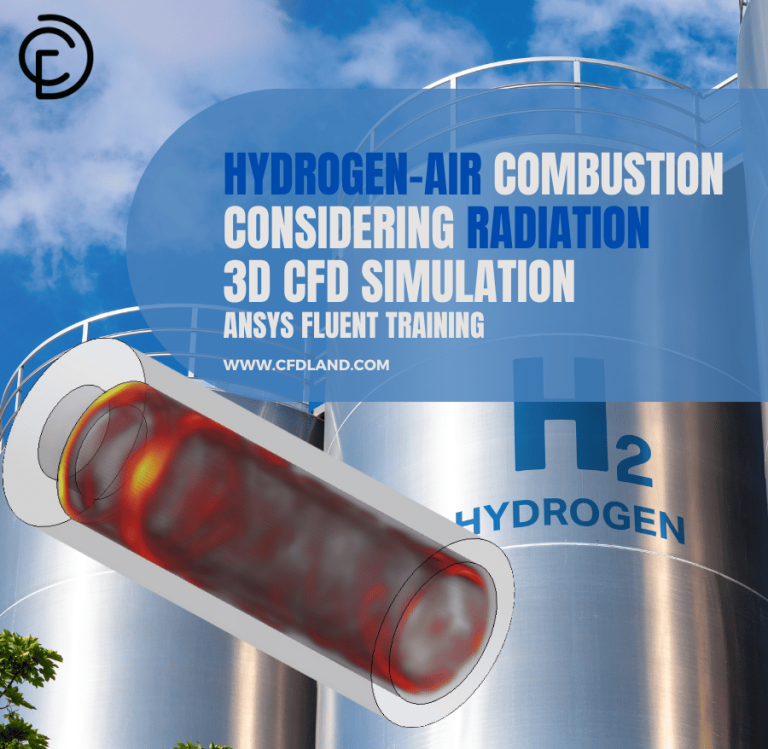

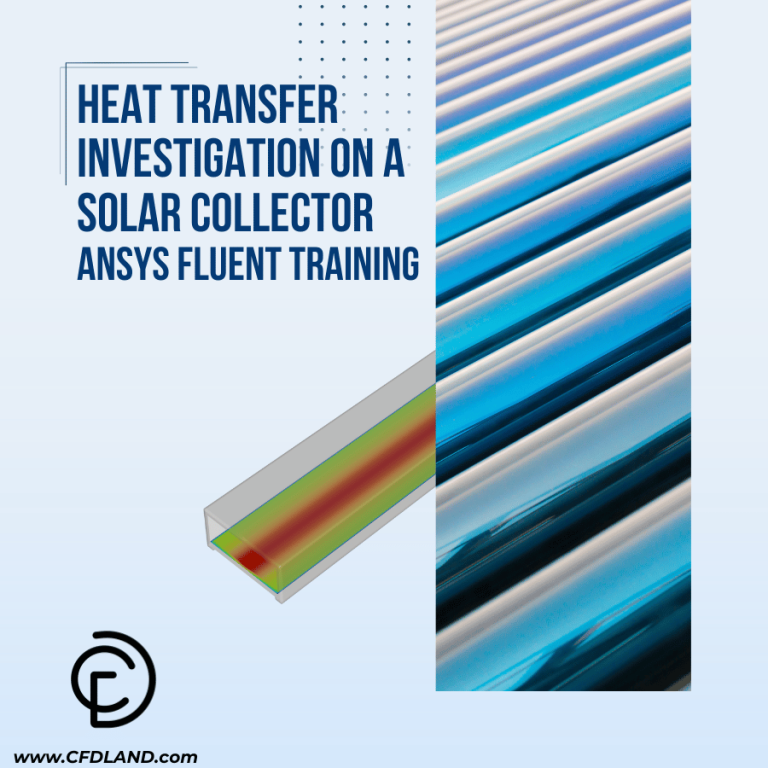
Reviews
There are no reviews yet.